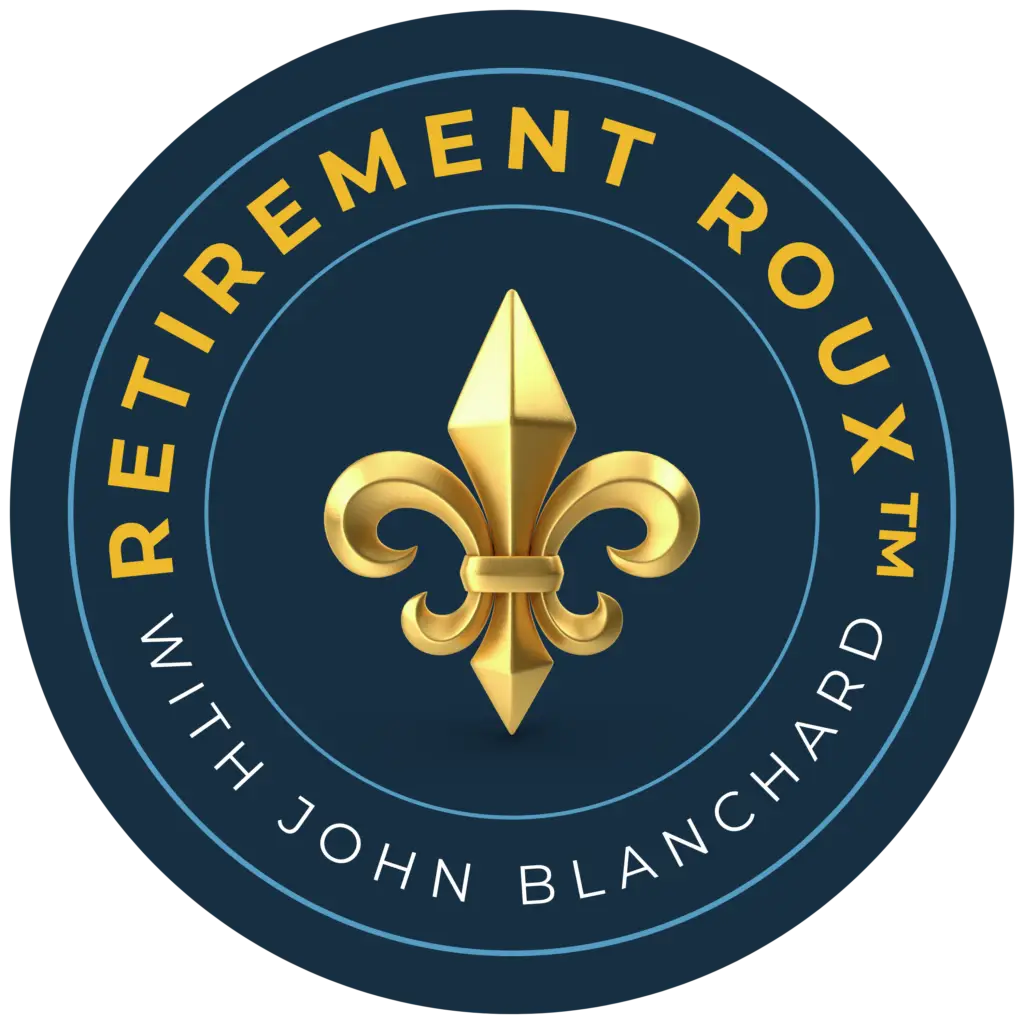LISTEN TO 10-MINUTE PODCAST:

As you approach retirement, you may be looking for ways to reduce your tax burden and ensure your retirement savings last. If you have a significant balance in your 401(k) or traditional IRA, a Roth conversion could be a powerful strategy to consider. In 2024, Roth conversions have seen a remarkable 46% increase compared to the previous year, according to Fidelity. But how can you take advantage of this strategy, and is it the right move for you? Let’s explore how Roth conversions work, how to minimize taxes during the process, and whether it’s worth the effort.
What is a Roth Conversion?
A Roth IRA conversion involves transferring funds from a traditional IRA or 401(k) to a Roth IRA. The advantage of this move is that once the funds are in the Roth IRA, they grow tax-free and qualified withdrawals are tax-free as well. This is in contrast to traditional retirement accounts, where you pay taxes upon withdrawal.
Why Should You Consider a Roth Conversion?
Tax-Free Growth: The most significant benefit of a Roth conversion is the potential for tax-free growth on your investments. Since Roth IRAs are not subject to Required Minimum Distributions (RMDs), you won’t have to worry about forced withdrawals and taxes during retirement.
Lower Taxes in Retirement: Converting to a Roth IRA can help reduce your taxable income in retirement, especially if you anticipate being in a higher tax bracket in the future. By paying taxes on your retirement savings now, you can potentially avoid paying taxes on that money later.
Tax Planning for the Future: With taxes potentially increasing in the future, having a portion of your retirement funds in a Roth IRA can provide tax diversification and greater control over your retirement income tax liability.
Is a Roth Conversion Right for You?
While Roth conversions are a great option for many, they may not be suitable for everyone. Here’s a quick look at when you might want to consider a Roth conversion:
Before Social Security Starts: If you’re not yet drawing Social Security and live off other income, you can convert a significant amount of your traditional retirement accounts without incurring a huge tax hit. In fact, you may be able to convert up to $30,000 per year without paying taxes if you’re living off cash.
Living on Limited Income: If your income is low or you don’t need to take any withdrawals from your IRAs, you may be able to convert up to $22,000 per year without triggering additional taxes.
High Income with Potential for Future Tax Hikes: If you’re a high-income earner and expect to pay more taxes in the future, converting a portion of your traditional IRA or 401(k) now could save you in the long run.
How to Convert Without Paying Taxes:
One of the most appealing aspects of Roth conversions is the ability to convert large sums without immediately paying taxes on them. While this may sound too good to be true, it’s possible to leverage specific strategies to minimize or even eliminate taxes on your Roth conversion.
Utilizing LLC and Business Strategies: For business owners, self-employed individuals, or those with substantial assets, there are advanced tax strategies that allow for the conversion of up to $610,000 per year without paying taxes. This involves using specialized LLC structures and investment strategies that yield tax-free returns.
Timing Matters: Conversions must be done strategically, often by taking advantage of lower-income years, to avoid triggering unnecessary tax liabilities. This means planning ahead for years when your taxable income will be lower, such as during retirement or before taking Social Security.
How Much Should You Convert, and by When?
The goal of a Roth conversion strategy isn’t necessarily to convert all of your retirement funds into a Roth IRA, but rather to convert enough to reduce your future tax burden while still maintaining sufficient liquidity and tax diversification.
Targeting a Conversion Timeline: For many individuals, it’s ideal to gradually convert funds over several years to spread out the tax liability. The key is to balance your conversions with your current tax bracket and avoid creating a large taxable event in any single year.
Ideal Conversion Age: Many financial experts recommend converting to a Roth IRA well before age 70, as this allows you to avoid the tax implications of Required Minimum Distributions (RMDs), which are mandatory withdrawals from traditional IRAs and 401(k)s. Ideally, aim to complete conversions by the time you’re in your mid-60s, but the exact timing will depend on your financial situation.
What Happens if You Wait Until After the Year-End?
If you’re considering a Roth conversion, timing is crucial. There are only a few weeks left in the year to take advantage of these strategies. If you miss the deadline, don’t worry—starting in January, you can begin again and plan for conversions in 2024.
Consider Working with a Tax Professional
Roth conversions can be complex, especially when it comes to minimizing taxes. Working with a tax advisor or financial professional can help you determine the best conversion strategy for your unique situation. A professional can also help you understand the tax implications, review your asset allocation, and ensure that you’re converting funds in the most tax-efficient manner.
Improving Your Retirement Picture: How to Avoid Cookie-Cutter Strategies
The U.S. retirement system received a C+ grade in the 2024 Mercer CFA Institute Global Pension Index, ranking 29th out of 48 countries. One of the main reasons for this low ranking is the declining availability of traditional pensions, leaving many people to rely solely on their 401(k)s and personal savings.
To improve your retirement outlook, consider a holistic approach that includes strategic asset allocation, tax planning, and smart withdrawal strategies. Avoid cookie-cutter solutions like guaranteed income annuities, which often come with high fees, limited liquidity, and poor returns. Instead, focus on creating a customized retirement strategy that maximizes your tax savings, minimizes risks, and ensures your money lasts through retirement.
Key Takeaways:
- Roth conversions can lower your tax burden and provide tax-free growth for your retirement savings.
- If you’re not yet taking Social Security or have low income, you can convert significant amounts without paying taxes.
- Working with a financial professional to plan your Roth conversion strategy can help you navigate the complexities and optimize your retirement tax strategy.
- The U.S. retirement system may need improvement, but you can still take proactive steps to build a solid retirement plan that works for your personal goals.






